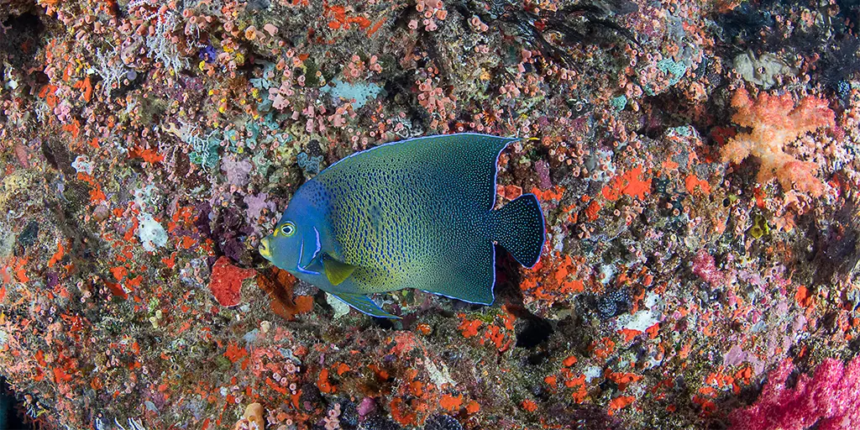From Jennifer Marohasy’s Blog
Jennifer Marohasy
The Australian Institute of Marine Science (AIMS) issued a media release earlier today claiming to have scientific changes in coral cover for the northern part of the Great Barrier Reef, particularly around Lizard Island. Claims include:
The coral losses that have been recorded so far are quite significant. Despite these losses, coral cover on most reefs is at a moderate level between 10 and 30%.
In fact, the method used to survey reefs makes it impossible to determine whether the loss is significant or not, and the survey is limited to the perimeter of the reef, specifically avoiding habitats with higher coral cover including reef tops. So, claims that cover between 10 and 30% must be qualified.

Many textbooks have been written on the type of survey needed to know if there is a statistically significant change in some aspect of an organism’s distribution and abundance. This could be the urban population, or even the reefs of the Great Barrier Reef. Knowing the distribution and abundance of organisms and how they change over time is important to understanding the world around us. It is fundamental to biological science.
It is rare to be able to count every person or every reef. However, scientists rely on samples that must be representative of the entire population of interest, and samples must be large enough to generate meaningful data that provide unbiased results.
Populations will always include some natural variability and knowing how this is distributed in space and time is important before any conclusions are drawn about the importance of increases or losses felt, for example, in reefs.
Importantly, in order to calculate statistical significance, data must be collected as actual counts. I mean, the number of corals should be counted per unit area, and given that the extent of coral cover naturally changes with habitat, it is important that survey methods distinguish between different habitats on the reef.
Worryingly, the long-term monitoring carried out by the Australian Institute of Marine Science (AIMS) of coral cover is by perimeter surveys that do not include, for example, reef tops which are often the habitats with the highest coral cover. . This is the equivalent of claiming to know how the city’s population has changed but never entering the central business district (CBD) or even the suburbs or industrial areas. The AIMS survey reported in the media today is only a survey of the perimeter of the reef, which is similar to surrounding the outskirts of the city and from this limited information have an opinion about the population of the city. changed.
It is also very important to note that the data is not collected as an actual count. AIMS coral cover data is categorical data, with surveys collected by pulling people behind a boat and recording whether coral cover falls into one of the following categories: 0-10%, 10-30%, 30-50%, 50-75% , 75-100%.
The category has a very large range, up to 25%. It doesn’t matter how many surveys are done, because of the data collection method it is not possible to calculate the average coral cover. As such, it is impossible to know how the average coral cover will change.
Because AIMS coral cover data are categorical data, it is not possible to calculate standard errors or other statistics. Calculating an uncertain value, such as the standard error, depends on knowing the sample mean. The method used by AIMS prevents this, so it is not possible to draw conclusions about the statistical significance of the new survey results.

related




